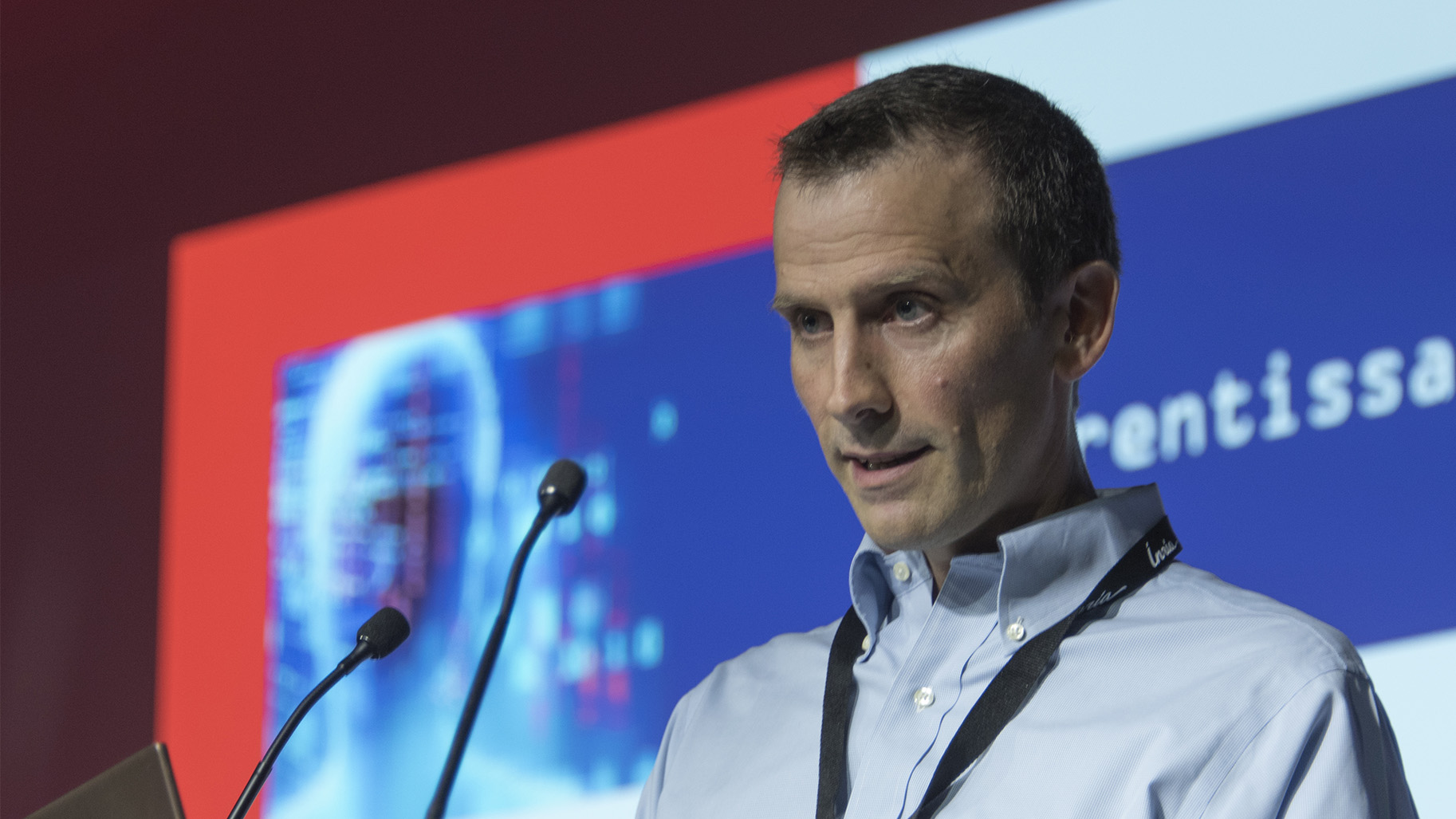Francis Bach: heading towards statistical learning
Date:
Changed on 03/06/2020

A graduate of two prestigious engineering colleges, École Polytéchnique and Corps des Mines, Francis Bach very quickly joined the field of applied mathematics and computing. After a postgraduate specialist diploma from Cachan ENS (higher education and research institute), he joined the computing department at the University of Berkeley (USA) where he did his thesis work on statistical learning (based on positive defined kernels) and its application to the separation of sound sources from a single sensor (which won the Eli Jury Award).
The ERC grant to explore new avenues in statistical learning
Returning to France in 2005, he first continued his research at the Centre of Mathematical Morphology at the École des Mines in Paris, then the École Normale Supérieure (ENS) in rue d’Ulm, Paris, as part of the Willow project team, a joint team with ENS and the French National Centre for Scientific Research, CNRS. Statistical learning methods lay at the heart of his scientific work (sparse methods in particular, the subject of his PhD), at the intersection of applied mathematics, statistics and computer science. Methods which remain critical in the optimisation, control and modelling of complex systems on the basis of examples.
Promising advances in artificial vision and audio signal processing
The application aspect is indeed crucial in his scientific approach which combines theory, algorithms and the voice of experience. Previously attracted to sound problems, Francis Bach is nowadays interested, with Professor Jean Ponce, in the problems surrounding artificial vision (scene recognition, 3D reconstruction, etc.). More generally, statistical learning is finding applications in a number of fields, to process many types of data – visual, biological, multimedia, text, economic, etc.
In the Sierra project, supported by ERC, Francis Bach proposes finding new solutions to the open problem of selecting non-linear variables. This general methodology promises a great deal of progress in artificial vision (object recognition, image noise reduction) and audio signal processing (source separation, music recognition).